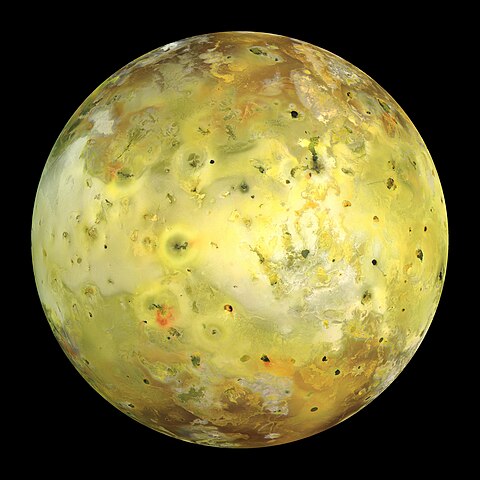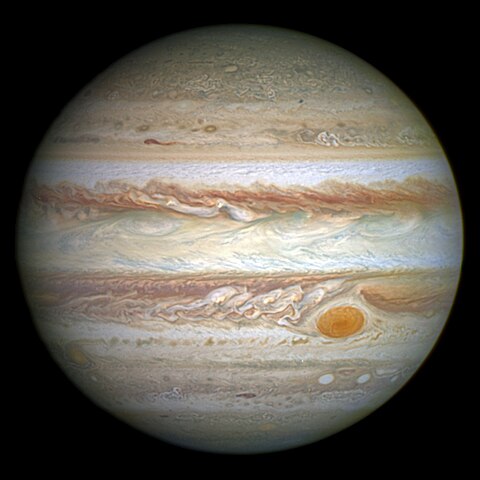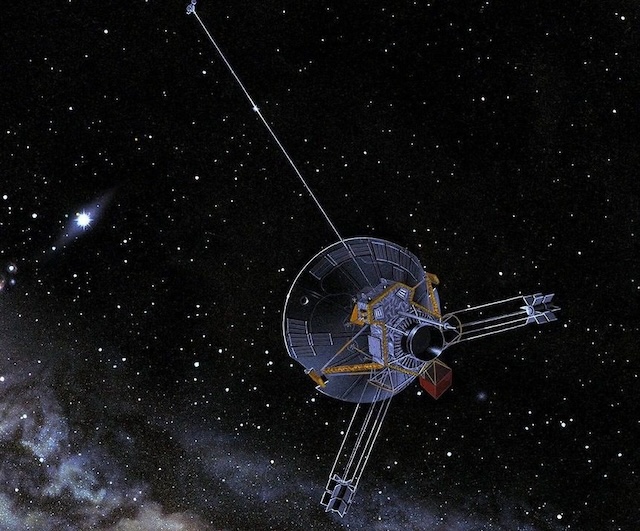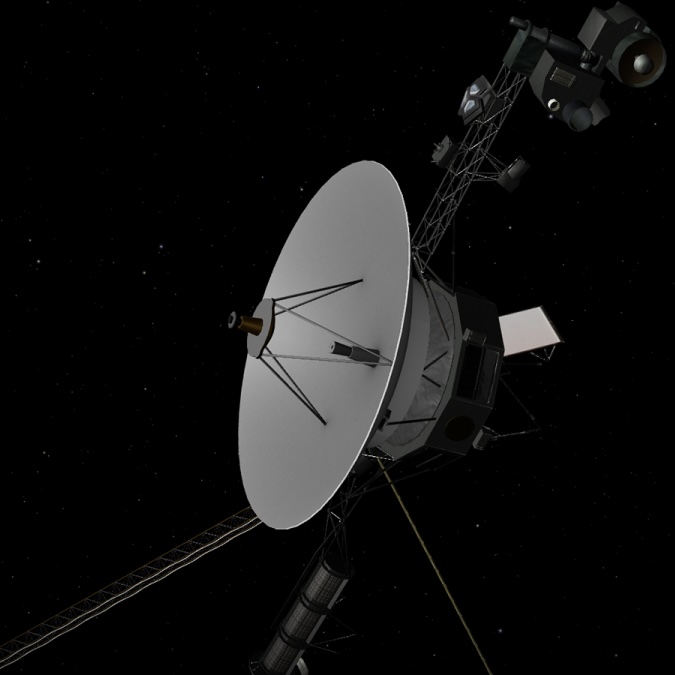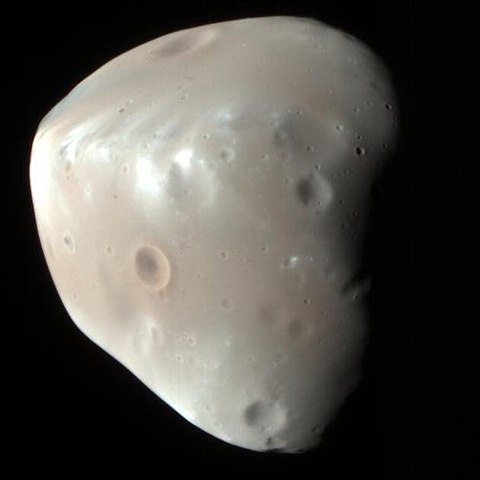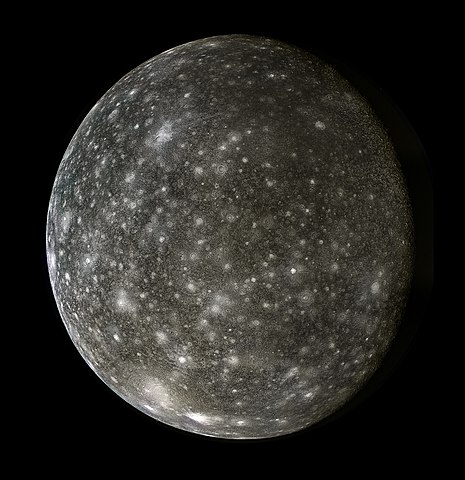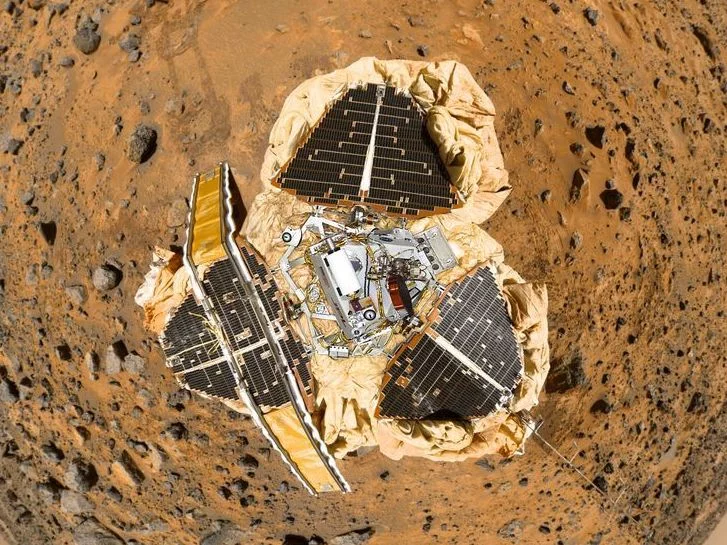1 day / second
0.5 AU
Io
Moon of Jupiter
The most volcanically active body in the Solar System, Io is a tortured moon whose constant eruptions and sulfur dioxide plumes create an ever-changing surface of reds, yellows, and whites.
Key Facts
learn more | Wikipedia |
mass | 8.9319e+22 kg |
radius | 1,821.6 km |
semi-major axis | 421,800 km |
eccentricity | 0.004 |
inclination | 3.18º |
longitude of the ascending node | 0º |
argument of periapsis | 0º |
orbital period | 1.77 days |
surface gravity | 0.183 g |
discovery date | January 8, 1610 |
discovered by | Galileo Galilei |
named by | Simon Marius |
name origins | Named after Io, a priestess of Hera in Greek mythology |
rotation | Tidally locked to Jupiter |
albedo | 0.63 |
material composition | Primarily silicate rock and iron |
density | 3.528 g/cm³ |
Parent Planet
Jupiter
The largest planet in the Solar System, Jupiter is a gas giant with distinctive bands of swirling clouds, a powerful magnetic field, at least 95 moons, and an ongoing storm called the Great Red Spot that has raged for centuries.
Spacecraft Visits
Pioneer 10
Flyby
Launched in 1972, visited in 1973
Pioneer 10 performed the first-ever flyby of Io on December 3, 1973, capturing the first close-up images of the Jovian moon from a distance of 130,000 kilometers.
Pioneer 11
Flyby
Launched in 1973, visited in 1974
Pioneer 11 captured the first close-up images of Io during its December 1974 flyby of Jupiter, revealing the moon's unusual orange color and lack of impact craters.
Voyager 1
Flyby
Launched in 1977, visited in 1979
During its flyby of Io on March 5, 1979, Voyager 1 discovered active volcanoes on the moon's surface, making it the first time volcanic activity had been observed beyond Earth.
Voyager 2
Flyby
Launched in 1977, visited in 1979
During its flyby on July 9, 1979, Voyager 2 captured detailed images of Io's volcanic surface and helped confirm the moon's intense geological activity, following up on Voyager 1's earlier discovery of active volcanism.
Galileo
Flyby
Launched in 1989, visited in 1995
During its flyby of Io in 1995, Galileo discovered that the moon has a magnetic field and an iron-rich core, while also capturing unprecedented images of active volcanic plumes erupting from its surface.
Juno
Flyby
Launched in 2011, visited in 2022
Juno captured the closest images of Io in over two decades during its December 2022 flyby, passing within 40,000 miles of the volcanic moon while measuring its temperature and studying its intense volcanic activity.
